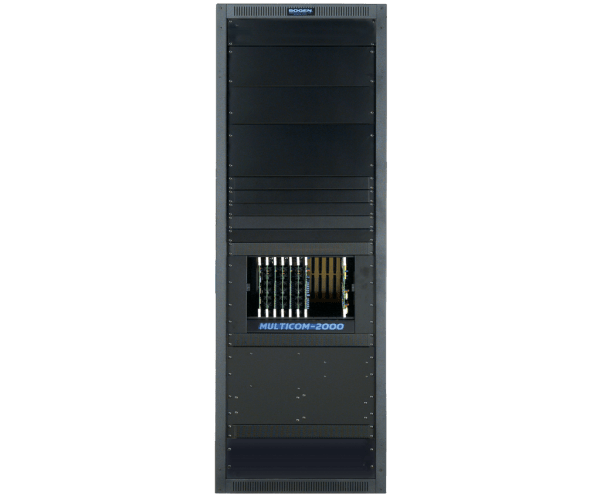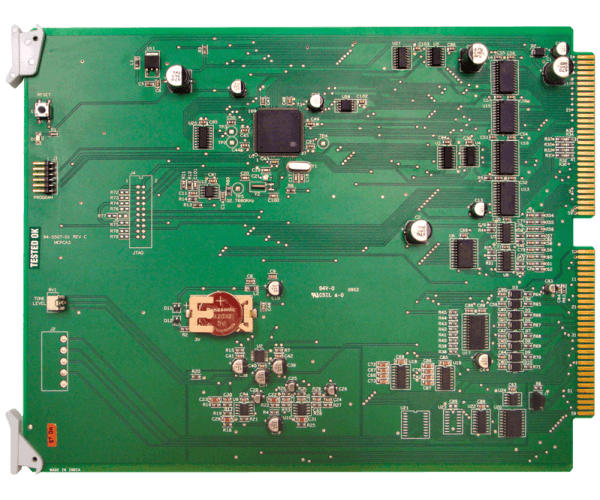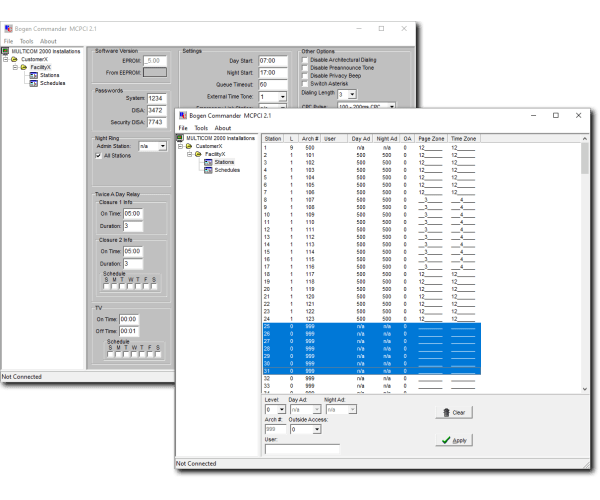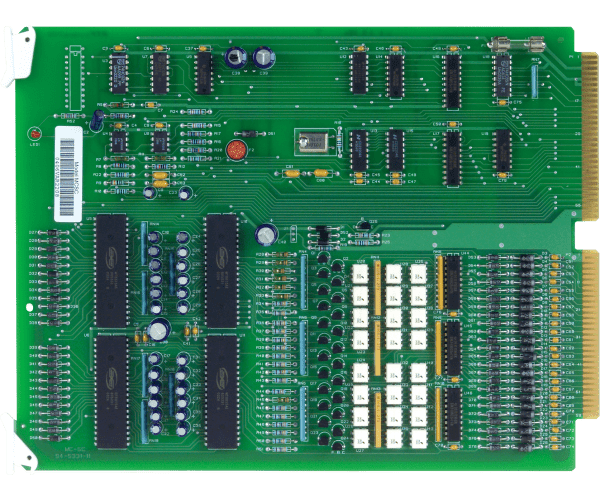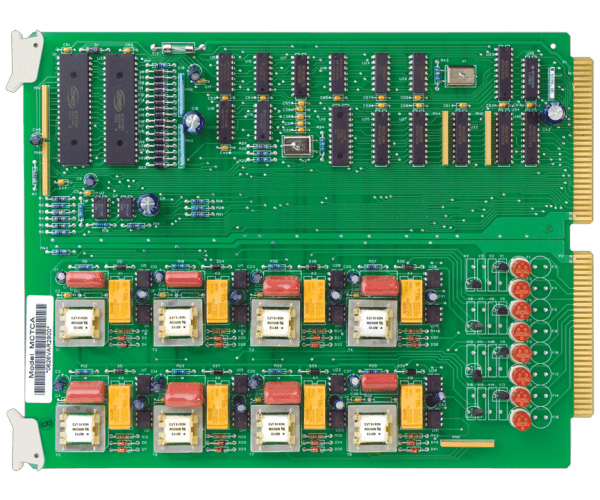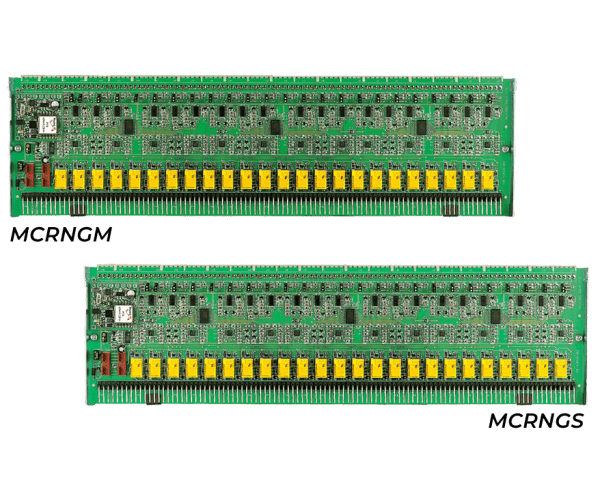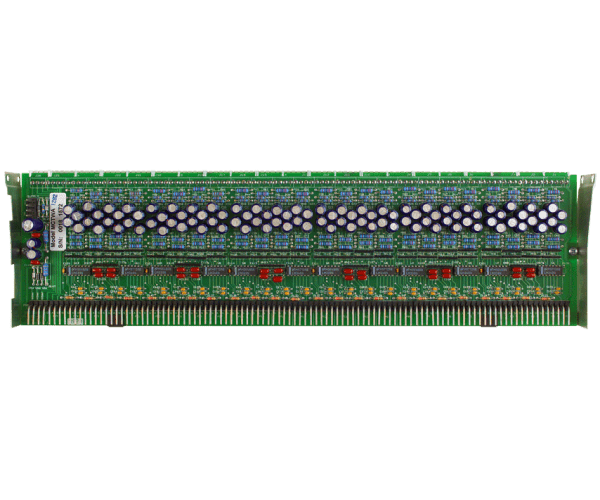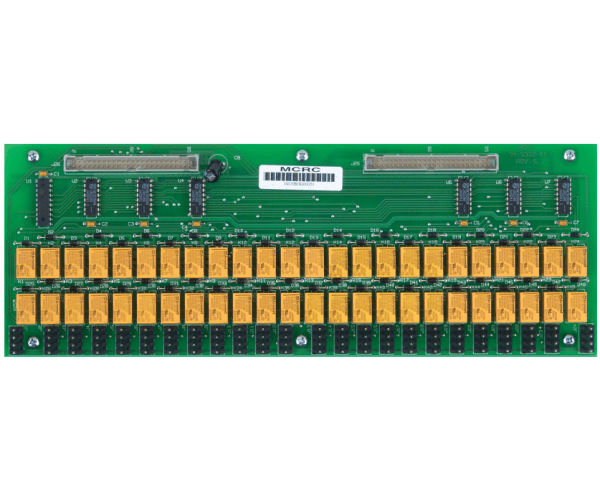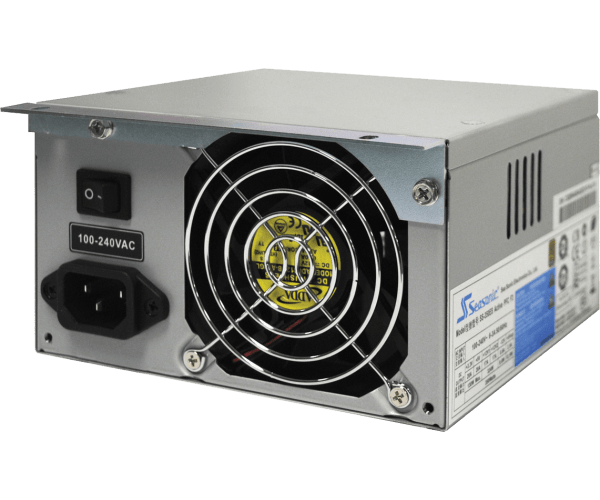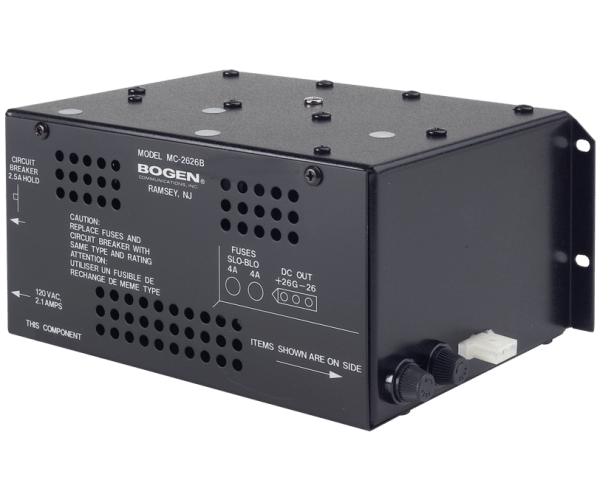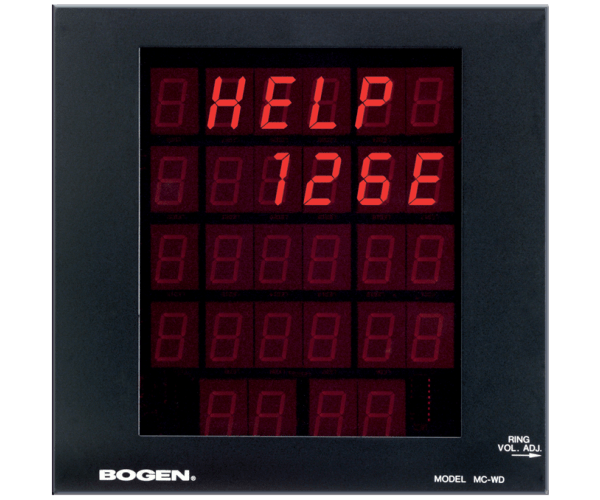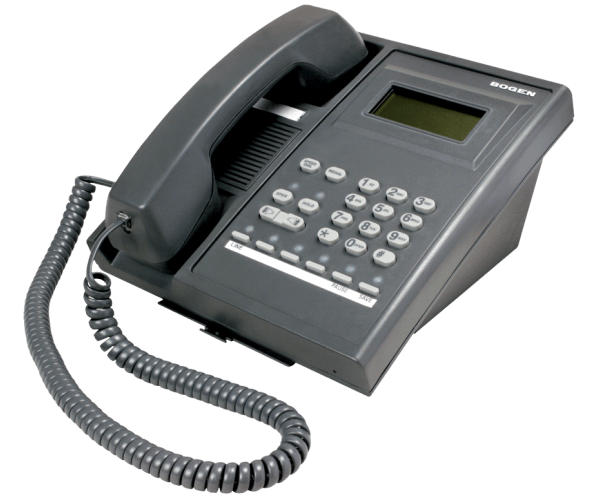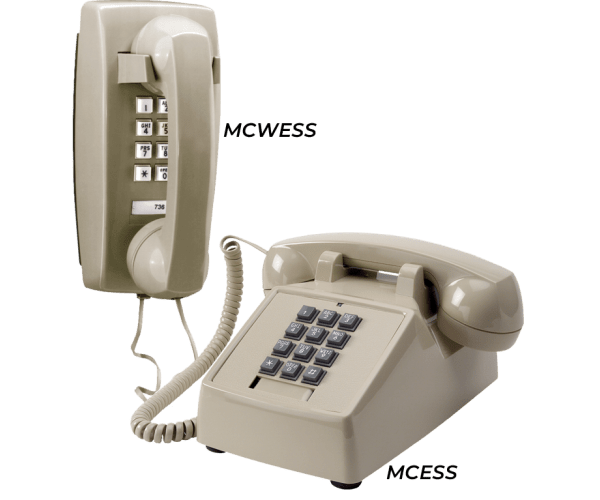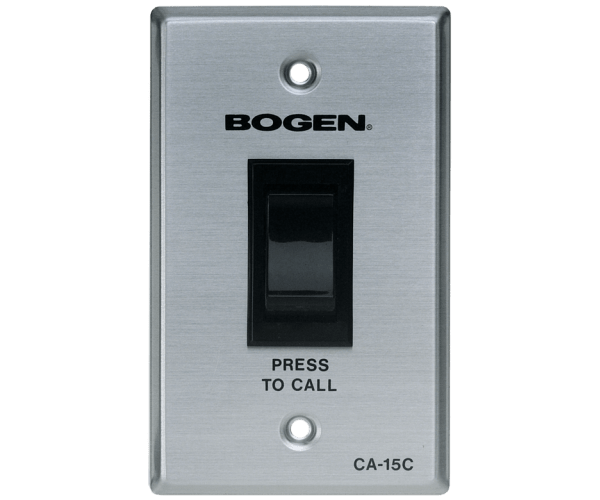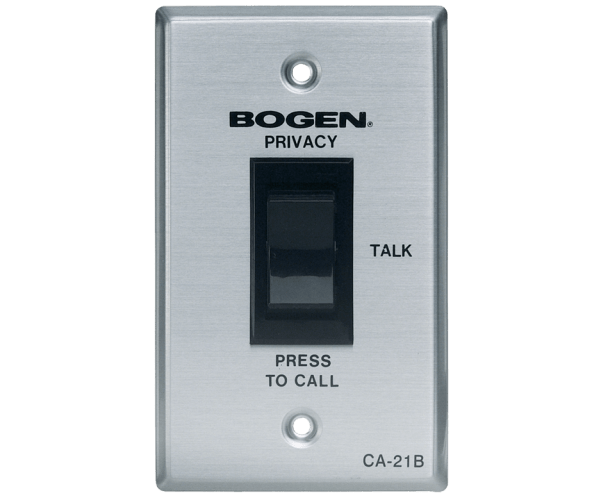
Analog Communications Solution for Schools

Analog Communications Solution for Schools
The Bogen Multicom 2000® Administrative Communication System is designed for the needs of schools, and other institutional and industrial facilities. It combines private telephone communication with a full-featured sound and program distribution system, including media control. It also provides master clock control and emergency call features including “911” emergency all-call for increased security and quick response, 911 Dial Through to outside Emergency 911 operators, and Emergency 911 Administrative Alert System indicating the station placing the 911 call. The Multicom 2000 system is microprocessor controlled and fully field-programmable for remarkable versatility and dependability.
The Multicom 2000 system can be supplied as a self-contained, wall-mounted system, or in a vertical rack-mounted configuration. The wall-mounted version can accommodate up to 120 stations in increments of 24. The rack-version can provide up to 240 stations and can include additional amplification and/or Bogen Multi-Graphic system components and available options for increased versatility.
A unique card frame design eliminates external amplification equipment for basic systems. A single microprocessor card controls overall system function. For each 24 stations, a circuit card pair provides signal routing and a 20-watt program amplifier and 12-watt intercom amplifier.
An associated relay module connects each station to the intercom or program bus. The system permits up to 8 simultaneous intercom communications with staff station loudspeakers and 8 unrestricted telephone communications, with simultaneous distribution of program material to stations not involved in a two-way conversation.
The system software supports these basic station types: Staff, consisting of loudspeaker with call-in switch; Enhanced Staff, with a DTMF dialing telephone set and optional loudspeaker; and Administrative or Enhanced Administrative, with DTMF dialing display telephone (and optional loudspeaker). Each type of station can be further organized into levels, which determine the ability to perform different system functions. Staff and Enhanced Staff stations can make emergency calls that can activate an emergency link if the call is unanswered.
System functions include 8 programmable administrative zones of paging and 8 time signaling zones. A unique modular program source interface offers a choice of three program sources (microphone, tuner, etc.). The selection of the program source and its distribution to any or all stations or zones is guided by the menu display on a designated administrative telephone. Any station equipped with a keypad dialing phone can turn program material on or off at their location.
Telephonic features include call forwarding, call transfer, and conference calling, as well as selective ability to bump or join conversations in progress. Administrative stations can also place calls on hold. A telephone interface option lets you receive and make outside calls on up to 15 incoming lines (stations can be restricted in their ability to make outgoing calls). All system control and programming is accomplished using a telephone keypad. A menu display system on the administrative telephone is provided to guide a procedure. Two special menus, protected by password, set the operating configuration. The setup menu sets the system day and time, and stores time signal events, page zone and time zone data. The initialization menu sets system features (bell duration, queue timeout, day/night start, emergency link, password select, architectural number enable, preannounce/confirmation tone enable), and station features (station number, access level, architectural number [3 to 6 digits], day/night administrator, outside line access).
- 24 to 240 station capacity (each station can have a call-in device, phone, and loudspeaker)
- Three station types: administrative, enhanced staff, or staff stations
- Classroom station types 2500 phones or call-in switches
- Microprocessor-controlled, programmable from the administrative station or local computer
- Multiple simultaneous private and amplified voice communications
- Emergency Link feature routes unanswered emergency calls so that there is always an answer
- Telephonic functions: hold, conference call, call forward and call transfer
- Administrative telephones have alphanumeric displays with easy-to-use English language menu-driven setup and operation
- Built-in program and intercom amplifiers eliminate external equipment
- Built-in modular program source interface; the selected program is easily distributed to any or all speakers or zones from designated administrative phones
- 8 administrative paging zones, 240 hard-wired zones, 9-time signaling tones, 8 bell schedules, 1024 programmable events
- Dialing to outside 911 Emergency Services
- 911 alerts to the Administrative telephone
- 3, 4, 5, and 6 digit dialing


